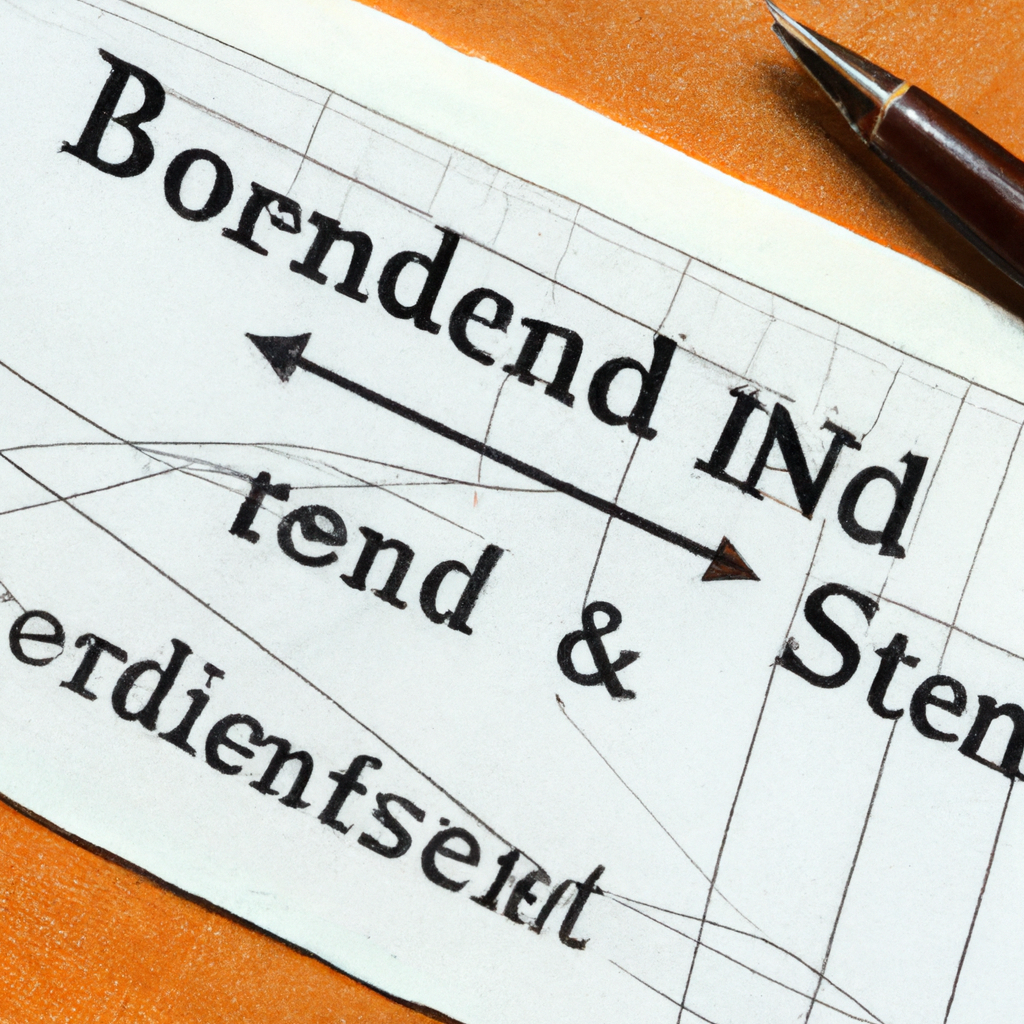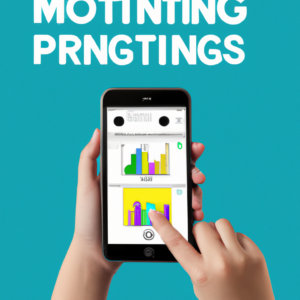
A Beginner’s Guide to Bonds and Fixed-Income Investing
Investing in Bonds and Fixed-Income Securities
Investing in bonds and fixed-income securities can be a great way to diversify your investment portfolio and generate steady income. This type of investment involves loaning money to an entity (corporate or governmental) that borrows the funds for a defined period at a fixed interest rate. Understanding the basics and steps to invest can help you embark on fixed-income securities investment confidently.
Understanding Bonds and Fixed-Income Securities
Bonds and fixed-income securities are types of investments where an investor loans money to an issuer (either corporate or governmental) in exchange for periodic interest payments and the return of the bond’s face value when it matures. Bonds are generally considered less risky than stocks, but it’s important to understand the various types and risk factors involved.
Types of Bonds
- Government Bonds: Issued by national governments and considered very safe.
- Municipal Bonds: Issued by states, cities, or counties and often offer tax-free interest.
- Corporate Bonds: Issued by companies. They tend to offer higher yields than government bonds but come with increased risk.
Risks Involved
- Credit Risk: The risk that the issuer will default and not be able to pay back the principal or interest.
- Interest Rate Risk: The risk that changes in interest rates will affect the value of the bonds.
- Inflation Risk: The risk that inflation will diminish the purchasing power of the payments from the bond.
How to Invest in Bonds
Investing in bonds and fixed-income securities involves several key steps. It is crucial to carry out due diligence and possibly consult a financial advisor to make informed decisions. Here’s how to get started:
Step 1: Assess Your Investment Goals and Risk Tolerance
Consider your financial goals, investment horizon, and risk tolerance. This assessment will guide your decisions on which types of bonds to invest in.
Step 2: Research Available Bonds
Analyze the different types of bonds and issuers. Look into credit ratings provided by agencies like Moody’s or Standard & Poor’s to gauge credit risk.
Step 3: Decide How to Buy
You can purchase bonds through several channels:
- Directly from the Issuer: Government bonds can often be purchased directly from the government.
- Brokerages: Both online and traditional brokerages offer bonds. They can provide access to a broad range of corporate and government securities.
- Bond Funds: Investing in bond mutual funds or exchange-traded funds (ETFs) can simplify the process and offer diversification.
Step 4: Create a Diversified Portfolio
Avoid putting all your money in a single type of bond or issuer. Diversification can help manage risk by spreading your investments across various sectors and maturities.
Step 5: Monitor Your Investments
Keep an eye on interest rate movements, credit rating changes, and other factors that might affect the value and yield of your bonds. Adjust your portfolio as needed.
Final Thoughts
Investing in bonds and fixed-income securities requires an understanding of the market, risks, and various types of bonds available. With careful planning and a strategic approach, you can use bonds to build a steady income stream and bring stability to your investment portfolio.

